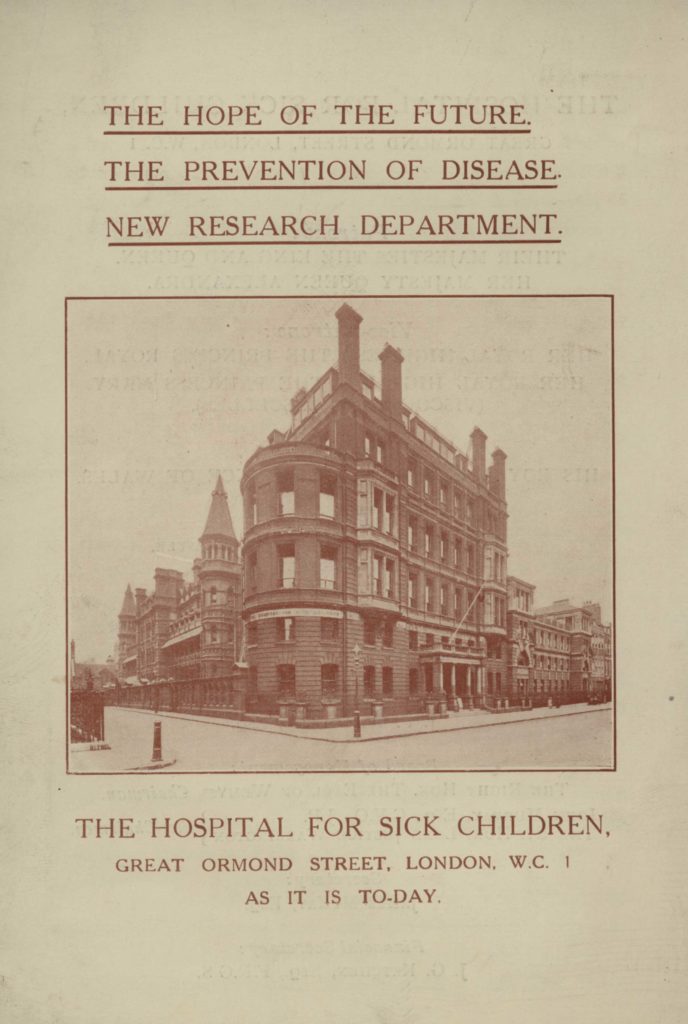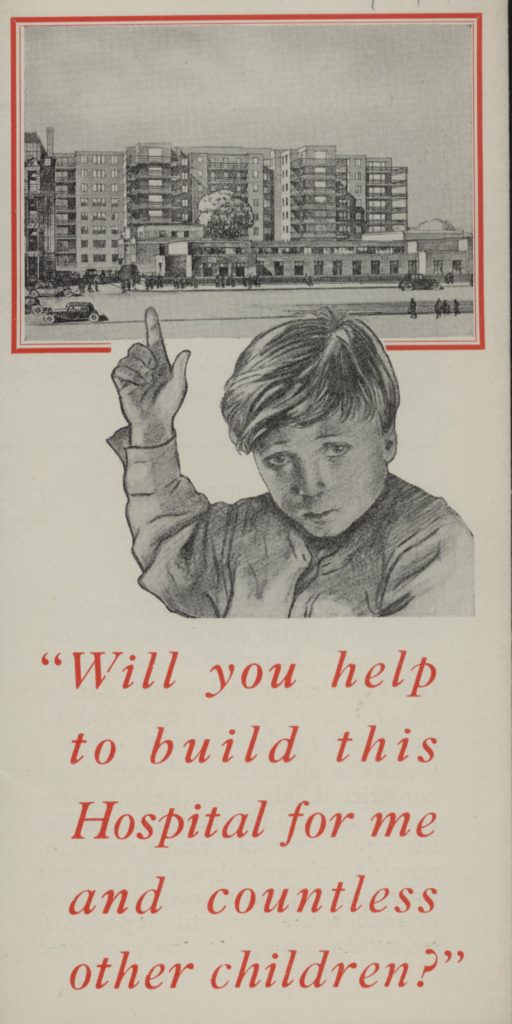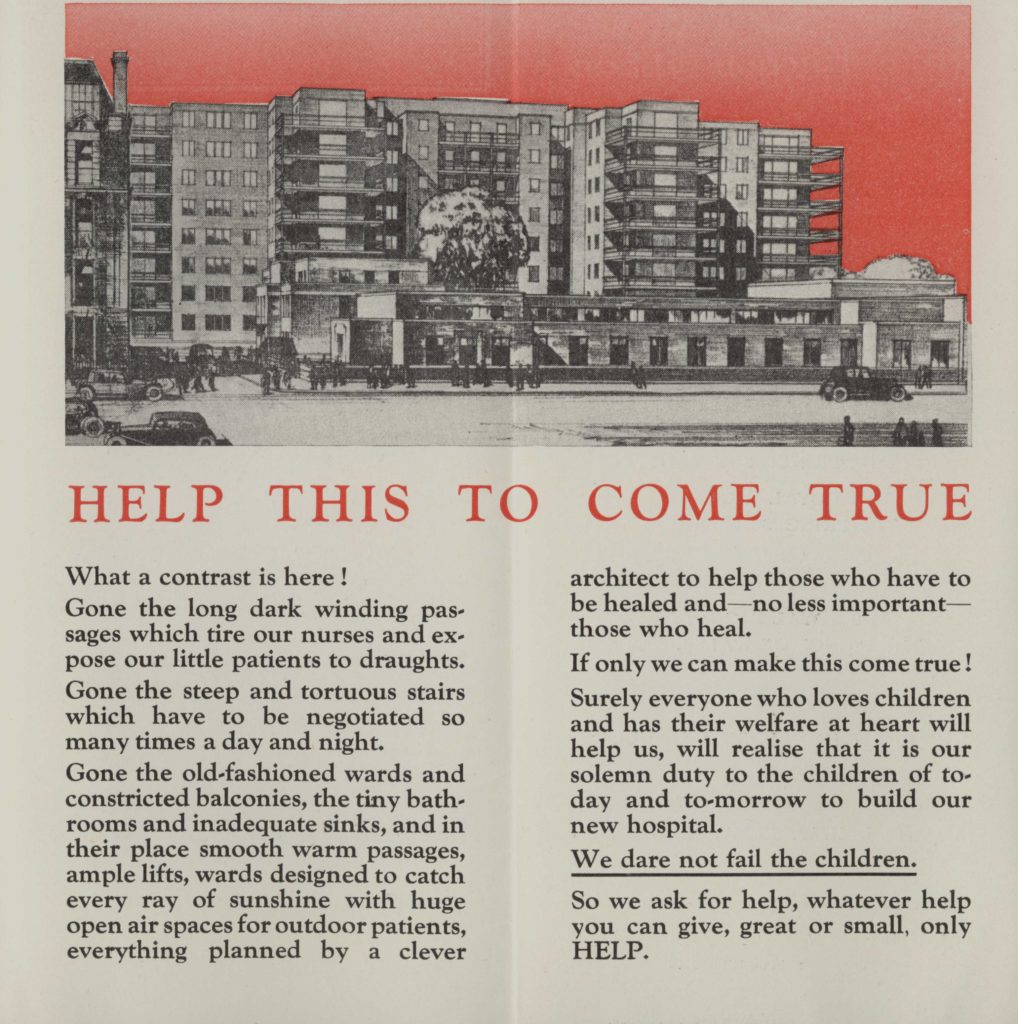1929: J.M. Barrie gifts Peter Pan rights to Great Ormond Street Hospital
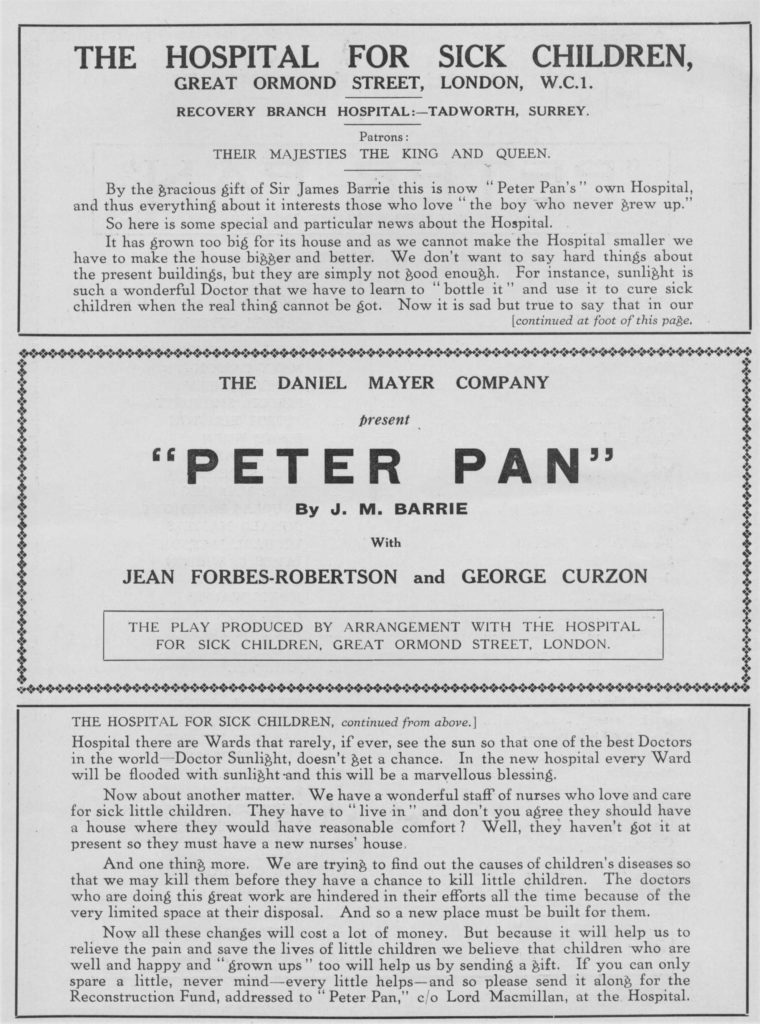
James Matthew Barrie was a Scottish author and playwrite best known for creating the character of Peter Pan. Pan first appeared in Barrie’s 1902 novel The Little White Bird, but became more widely known in the stage play Peter Pan, or The Boy Who Wouldn’t Grow Up which debuted in the West End in 1904. The play was a huge success, debuting in New York on Broadway a year later, and Barrie’s novelisation of the play – published as Peter and Wendy in 1911 – became a bestseller.
In 1929, Barrie unexpectedly gifted the rights to Peter Pan to Great Ormond Street Hospital (GOSH). This meant GOSH was able to receive royalties from every production of the play, sale of Peter Pan books and other items (e.g. merchandise, commemorative coins), and – in later years – from film adaptations. Barrie was personally thanked by Prince Edward (later King Edward VIII), then President of the Hospital, for his contribution.
Subsequent fundraising for the Hospital continues to draw from Peter Pan themes and characters. Upon reception of the rights, the Junior Branch of the Hospital for Sick Children’s Ladies’ Association renamed themselves to the Peter Pan League, and the Hospital began to be described as “Peter Pan’s Hospital”.
The cast from the West End production of the play also regularly visited the hospital and performed scenes for staff and patients.
Though the UK copyright was set to expire in 1987, the UK government added a special clause to the 1988 Copyright Designs & Patents Act, granting GOSH Peter Pan royalties in perpetuity. By request of Barrie, GOSH has never publicised the amount raised by Peter Pan for the hospital.
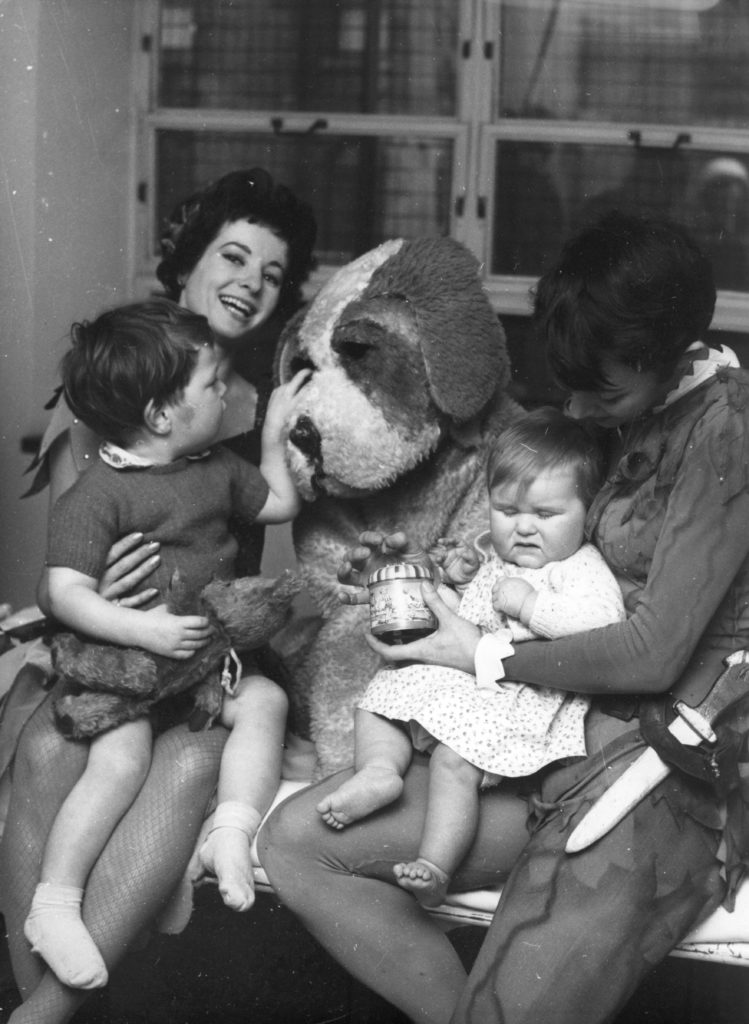
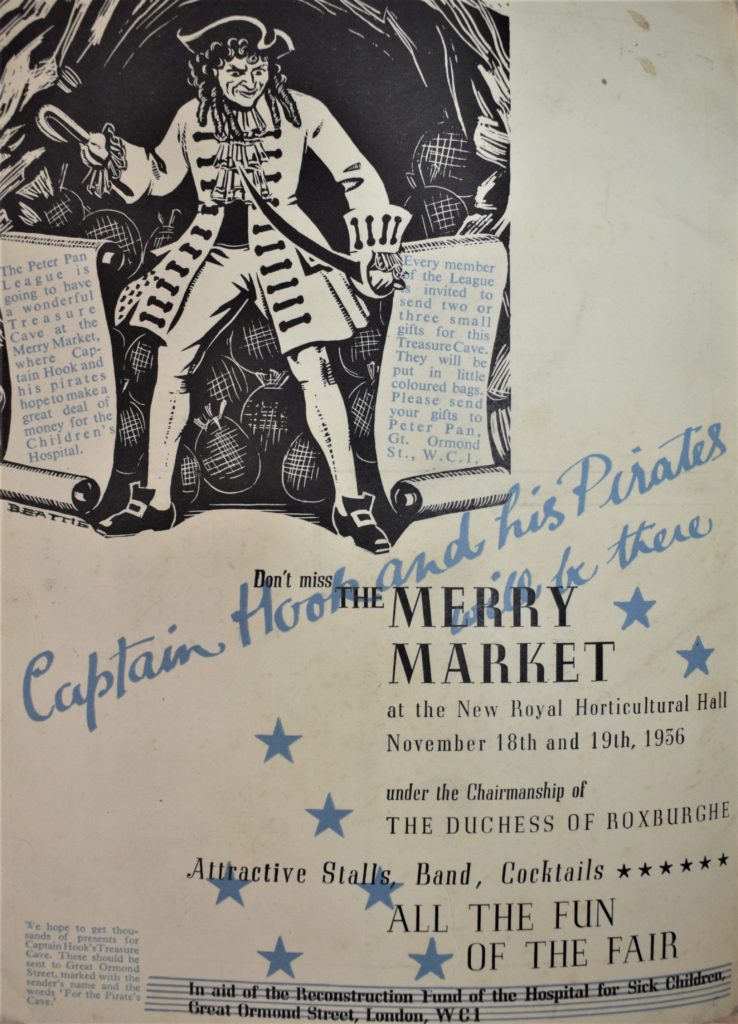
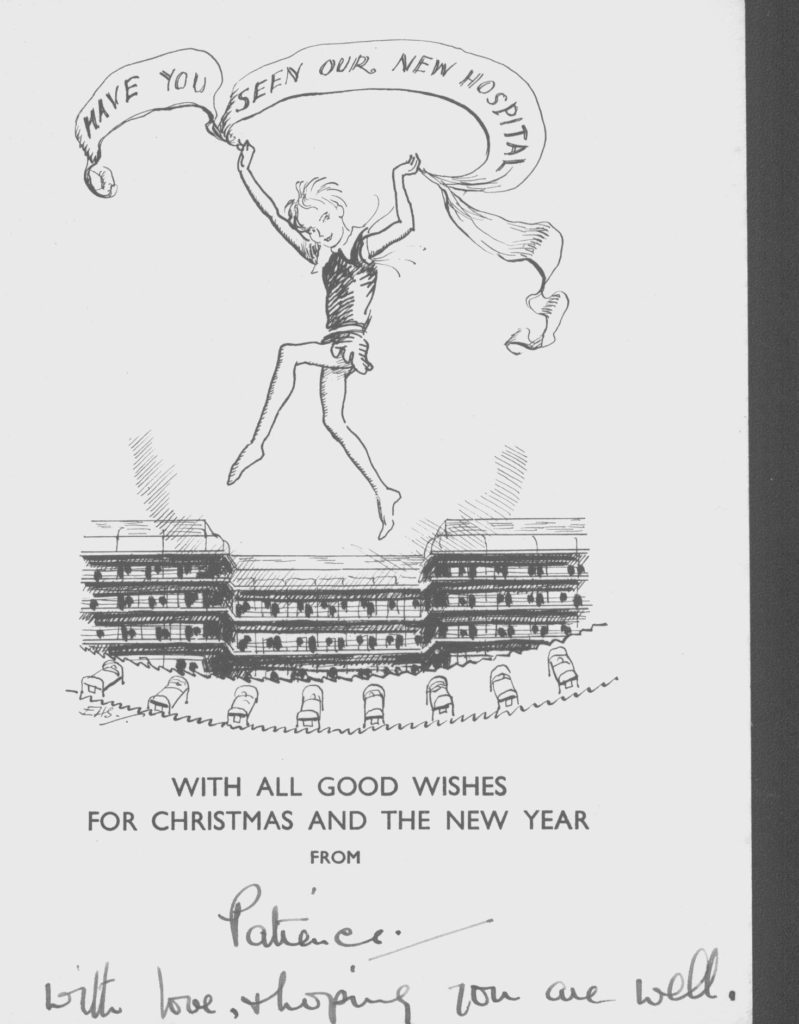
1930 Appeal
Barrie made his gift in 1929. In 1930, the Hospital began a fundraising campaign for a new ‘Reconstruction Fund’. Donations would be used to:
- Construct new patient wards, increasing capacity and providing every patient with access to sunlight
- Provide a new nurses’ house to improve the comforts for those who have to ‘live in’ the hospital
- Establish a new research department for the prevention of disease
Peter Pan language and imagery was used in many of the campaign materials for this appeal. Other materials, such as those below, used drawings and images of children, and of the designs for the new hospital building
